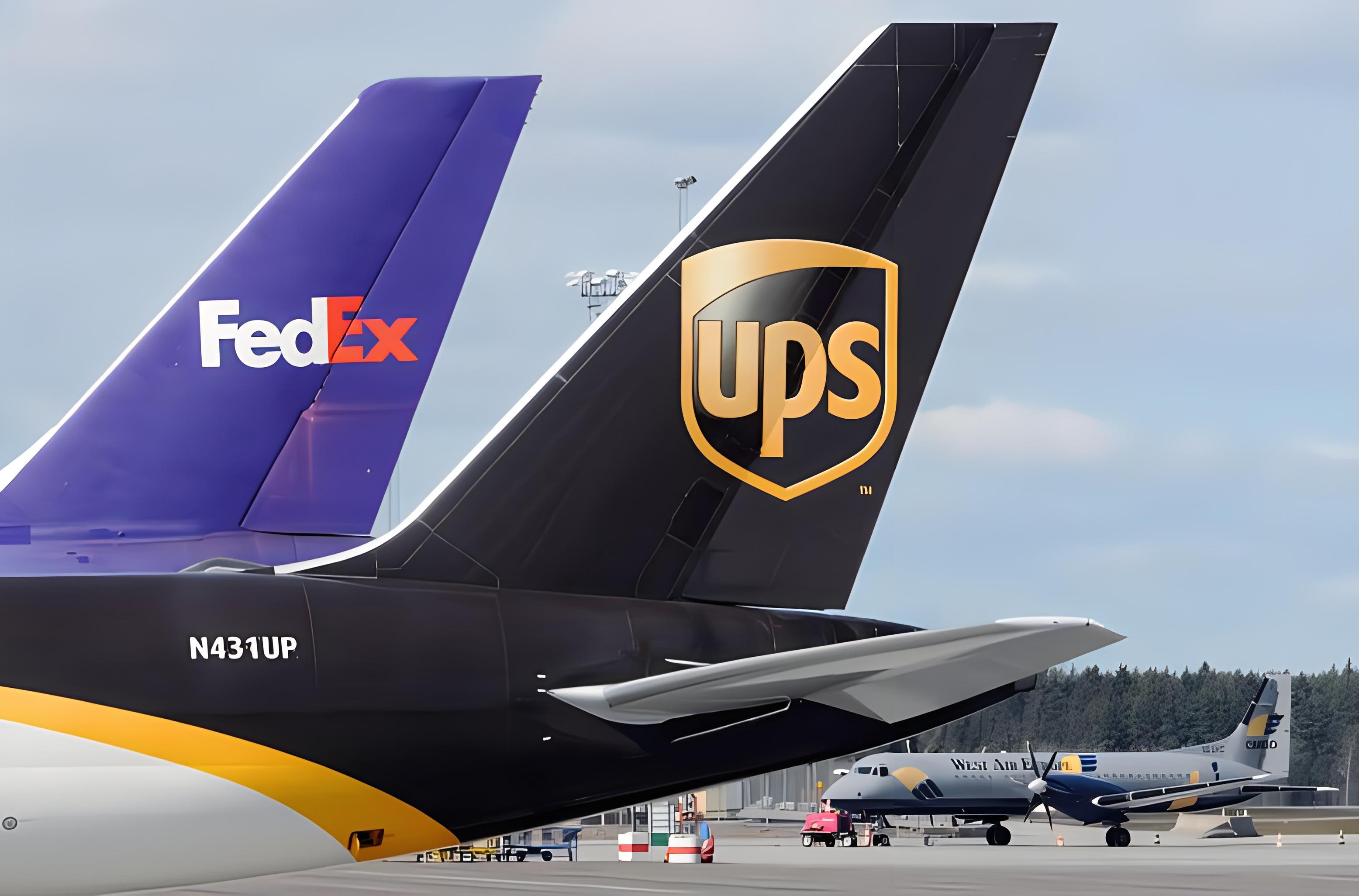International express delivery services FedEx and UPS both raised their prices in August
The latest information obtained from foreign media indicates that FedEx has announced two major rate adjustments starting from August 18th. Firstly, the processing fee for imported shipments to the United States has soared by 67% from the original $1.5 per shipment to $2.5, and this price increase applies to all inbound parcels. Secondly, the rules for calculating volume and weight have been comprehensively tightened. The old rule of "rounding down if the last digit is less than half an inch" has been abolished. The new rule is that all dimensions with the last digit less than 1 inch (or 1 centimeter) should be rounded up.
For instance, a package with a side length of 10.1 inches will be calculated as 11 inches according to the new regulations. For packages with dimensions of 9.6×13.2×17.1 inches, they will be charged as 10×14×18 inches. As a result, the volume of the package may be increased by nearly 20%, not only triggering a higher billing level but also possibly generating an extra charge for oversized items. FedEx explained that such adjustments were made to unify measurement standards, but objectively, they actually significantly increased the logistics costs of cross-border e-commerce.
Coincidentally, similar to FedEx's new regulations that came into effect on August 18th, UPS's new large item billing rules are also set to take effect on August 17th. UPS announced that it would implement a new large Parcel surcharge (LPS) standard starting from that day, abolishing the long-standing "length plus circumference" billing model and instead adopting a dual standard of cubic volume and weight.
Specifically, a local package with a cubic size greater than 17,280 cubic inches (0.28m³) or a weight greater than 110 pounds (49.9 kilograms) triggers LPS. At the same time, the threshold for the Additional Processing surcharge (AHS) has been significantly reduced to 640 cubic inches (0.14m³), a reduction of nearly 60% compared to the original standard. The policy adjustments of these two major logistics giants have taken place at similar times, and their impacts will also overlap, greatly altering the logistics cost structure of large items in cross-border e-commerce and putting a lot of pressure on many practitioners。
